Table of Contents
Introduction: Embrace the Wilderness with Confidence
Camping, hiking, and exploring the great outdoors are thrilling adventures that many of us cherish. The fresh air, the connection with nature, and the sense of freedom are unparalleled. But what if something goes wrong? Most outdoor enthusiasts never expect to find themselves in a life-or-death survival situation. After all, we plan our trips, know our abilities, and usually prepare adequately. However, those unexpected moments can catch even the most experienced adventurers off guard.
The wilderness is a place of beauty and tranquility, but it can also be unforgiving. Weather can change rapidly, equipment can fail, and injuries can happen. These are realities that every outdoor lover must face. But fear not, for the skills and knowledge needed to survive and thrive in the wild can be learned and practiced.
Understanding survival camping gear and essential survival skills is not just for the extreme survivalist; it’s for everyone who steps into the wild. Whether you’re a seasoned explorer or a family on a weekend camping trip, knowing how to handle unexpected challenges is empowering.
In this comprehensive guide, we’ll explore eight vital skills you can practice from the comfort of your campsite, along with additional insights to make your outdoor experience safer and more enjoyable. We’ll delve into the art of finding shelter, starting a fire, purifying water, navigating the land, signaling for rescue, crafting tools, fishing, and foraging for food.
But we won’t stop there. We’ll also explore the psychological aspects of survival, the importance of first aid, how to handle wildlife encounters, the essentials of packing a survival camping kit and traditional bushcraft skills will connect you with the land in a profound way.
So grab your backpack, put on your hiking boots, and join us on this journey into the world of survival camping. Equip yourself with knowledge, practice these skills, and embrace the wilderness with confidence. After all, the wild is not something to fear; it’s something to understand, respect, and enjoy.
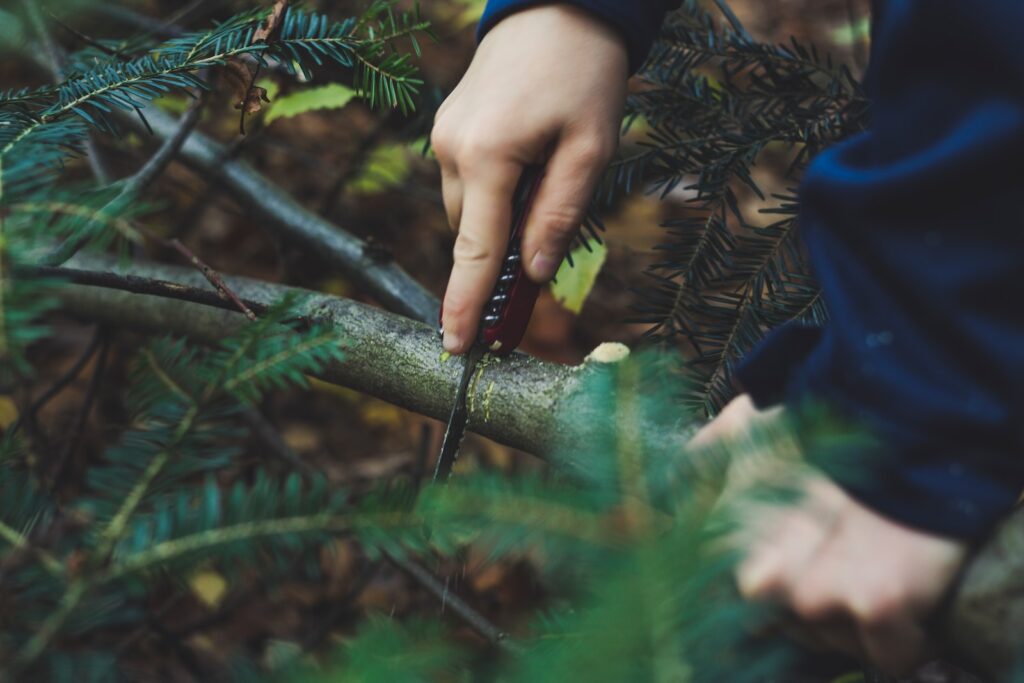
Finding Shelter: Your First Line of Defense
Natural Shelters: Nature’s Gift
The wilderness is full of natural formations that can serve as shelters. Overhangs, caves, heavy foliage, or uprooted trees can be lifesavers when you need to escape the elements. But recognizing these natural shelters requires a keen eye and an understanding of the landscape.
Imagine being caught in a sudden storm. The wind is howling, and rain is pouring down. Your clothes are soaked, and hypothermia is a real threat. In such a situation, finding shelter quickly is paramount. Look for rock overhangs that can shield you from the wind and rain. Caves, if safe and unoccupied by animals, can provide excellent protection. Even a dense cluster of trees or an uprooted tree with space underneath can serve as a temporary refuge.
The key is to think creatively and observe your surroundings. Nature often provides what we need; we just have to recognize it. Practice this skill by exploring your camping area and identifying potential natural shelters. Familiarize yourself with the types of formations common in your region. The more you know, the better prepared you’ll be.
Constructing a Shelter: Building with What’s Around
Sometimes, natural shelters are not available, and you must construct one using available materials. This is where understanding your environment and being resourceful comes into play.
Building a shelter from forest debris is not about creating a luxurious dwelling; it’s about survival. Your shelter needs to protect you from wind, rain, snow, and possibly even predators. It doesn’t have to be pretty; it has to be effective.
Start by looking for a stable base, like a fallen log or a large rock. Then gather twigs, sticks, and foliage. Lean the sticks against the base to create a frame and fill in the gaps with foliage, moss, or whatever else is available. The goal is to create a barrier against the elements.
If you’re in a snowy environment, a snow cave or a quinzhee (a shelter made from hollowed-out snow) can be a warm and secure option. If you’re in a desert, a simple sunshade made from clothing or other fabric might be all you need.
The materials and design will depend on your specific situation and environment. What’s important is understanding the principles of shelter construction and adapting them to your needs.
Practice this skill during your regular camping trips. Try building different types of shelters using only natural materials. Experiment with various designs and see what works best in different conditions. The experience you gain will be invaluable if you ever find yourself in a real survival situation.
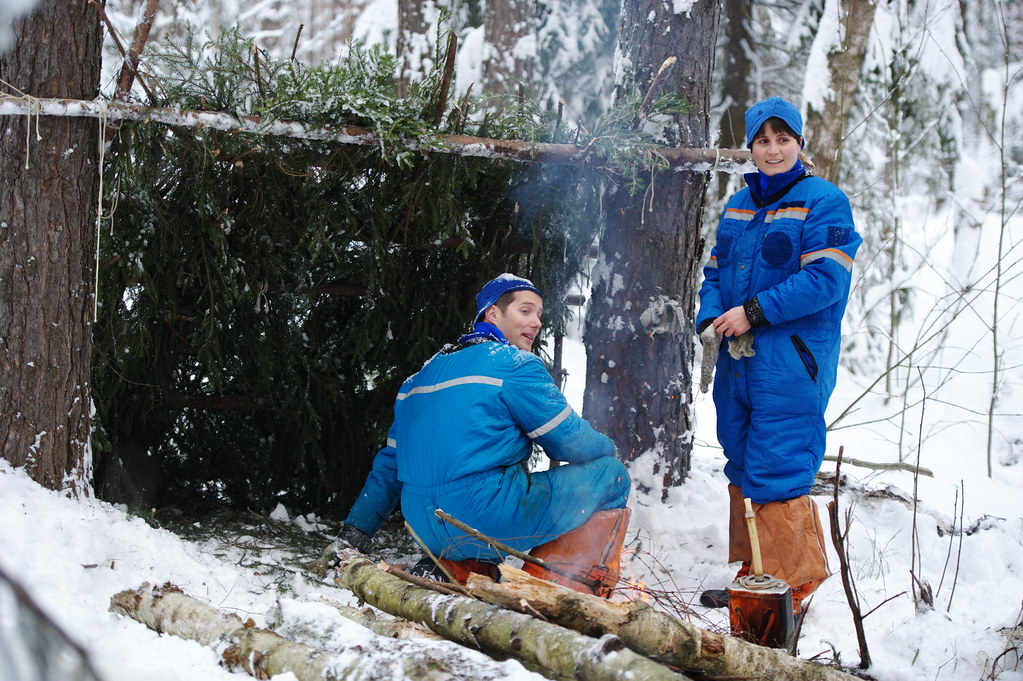
Fire Starting: The Warmth of Survival
The Art of Fire Making: A Symbol of Hope
Fire is more than a source of warmth; it’s a symbol of life, hope, and human ingenuity. In a survival situation, fire can mean the difference between life and death. It provides heat, cooks food, purifies water, wards off predators, and can be used as a signaling tool. The glow of a fire can lift spirits and provide psychological comfort in the loneliest of wilderness nights.
Tools and Techniques: From Modern to Primitive
Starting a fire may seem simple when you have a lighter or matches, but what if those aren’t available? Mastering the art of fire-making without modern tools is a skill that requires practice, patience, and understanding of the principles involved.
Matches and Lighters
These are the most common fire-starting tools, and they’re easy to use. But they can get wet, run out of fuel, or simply fail. Knowing how to use them effectively and how to protect them from the elements is essential. Waterproof containers and backup options are always a good idea.
Flint and Steel
This classic fire-starting method has been used for centuries. Striking steel against flint produces sparks that can ignite tinder. It’s a reliable method but requires practice to master.
Bow and Spindle
This primitive technique uses a bow to spin a spindle against a wooden base, generating friction and heat. It’s a challenging method that requires specific materials and considerable effort, but it can be highly rewarding to master.
Solar
A magnifying glass or other lenses can focus sunlight onto tinder, creating enough heat to start a fire. It’s a clean and simple method, but it requires strong sunlight.
Fire Starters
Commercial fire starters, like magnesium blocks or wax-infused materials, are designed to ignite easily and burn hot. They can be a valuable addition to a camping survival kit.
Practice Makes Perfect: A Skill to Nurture
Starting a fire from scratch is not something you want to learn when your life depends on it. Practice these techniques during your regular camping trips. Start with the easier methods and gradually challenge yourself with more primitive techniques.
Experiment with different types of tinder and fuel. Learn how to prepare and structure a fire for different purposes, whether it’s cooking, heating, or signaling. Understand how weather conditions, like wind and humidity, affect fire-making.
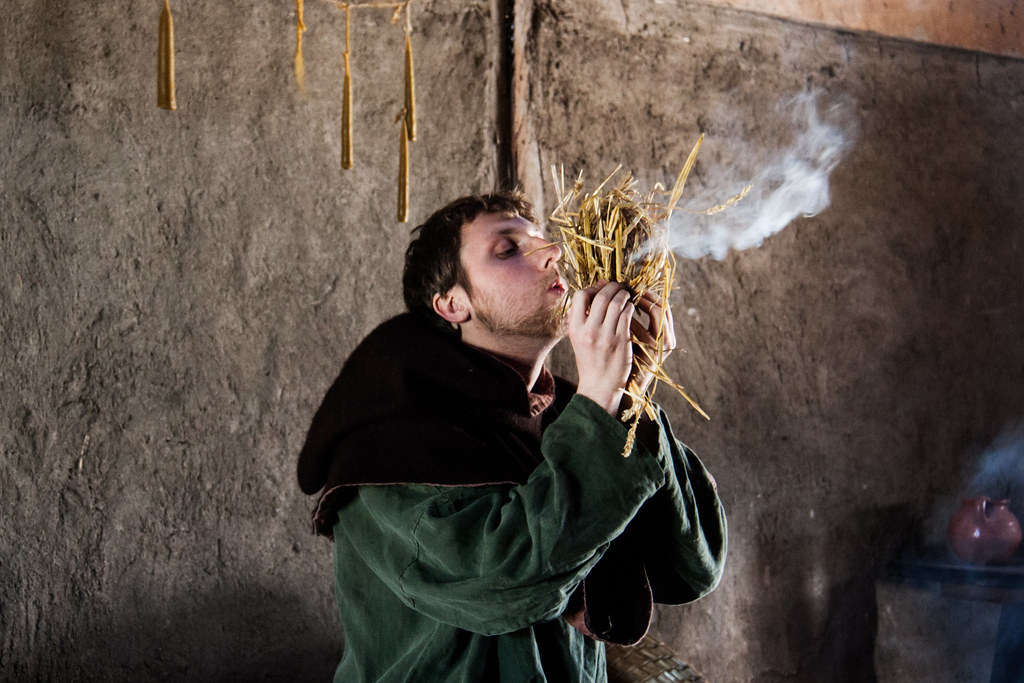
Water Procurement and Purification: Quenching Thirst Safely
Finding Water: A Skill to Master
Water is essential to life, and in a survival situation, finding a reliable source of clean drinking water becomes a top priority. The human body can survive weeks without food but only a few days without water. Knowing where to look for water and how to make it safe to drink is a vital survival skill.
Natural Sources
Rivers, streams, lakes, and springs are obvious sources of water, but they may not always be available. Learning to recognize signs of water, such as lush vegetation, the sound of running water, or the presence of wildlife, can lead you to hidden sources.
Collecting Rainwater
Rainwater is generally clean and safe to drink. Collecting it in containers or using tarps to funnel it into receptacles can provide a valuable source of drinking water.
Dew Collection
In some environments, dew can be a significant source of water. Using a cloth to soak up dew from grass and then wringing it out can yield surprising amounts of water.
Snow and Ice
In cold environments, snow and ice can be melted for water. But be cautious, as eating snow directly can lower your body temperature and lead to hypothermia.
Filtering and Sanitizing: A Step-by-Step Guide
Finding water is only the first step; making it safe to drink is equally important. Contaminated water can carry bacteria, viruses, parasites, and chemicals that can make you seriously ill.
Filtering
Filtering water removes solid particles and some contaminants. It can be done by running water through a cloth, sand, charcoal, or commercial filters. In a pinch, allowing water to settle and then decanting the clear water off the top can remove larger particles.
Boiling
Boiling is one of the most effective ways to sanitize water. Bringing water to a rolling boil for at least one minute (or three minutes at higher altitudes) will kill most pathogens.
Chemical Treatment
Iodine or chlorine tablets are lightweight and easy to carry, making them a popular choice for treating water in the field. Follow the instructions carefully, as improper use can be ineffective or harmful.
Solar Disinfection
In sunny conditions, filling a clear plastic bottle with water and leaving it in direct sunlight for several hours can kill many pathogens. It’s not as reliable as other methods but can be useful in some situations.
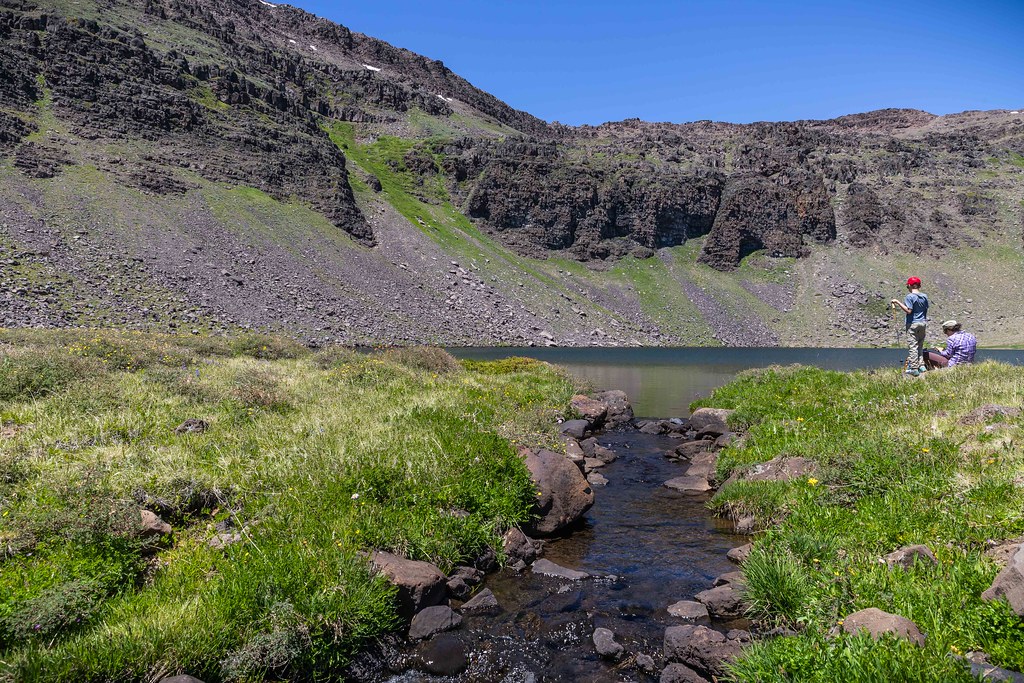
Land Navigation: Finding Your Way
Map Reading: More Than Just Lines and Symbols
In today’s world of GPS and digital maps, the traditional skill of map reading might seem obsolete. But in the wilderness, where electronic devices can fail, understanding how to read a physical map is a vital skill.
A map is more than just lines and symbols; it’s a representation of the terrain, a guide that can help you navigate through unfamiliar landscapes. Contour lines, elevation changes, landmarks, and compass directions come together to form a picture of the world around you.
Understanding Scale
A map’s scale tells you the relationship between distances on the map and actual distances on the ground. Knowing how to interpret this can help you estimate distances and plan your route.
Reading Contour Lines
Contour lines represent the shape and elevation of the terrain. By reading these lines, you can visualize hills, valleys, ridges, and other land features, helping you navigate and choose the best path.
Using a Compass
A compass is a navigator’s best friend. Knowing how to use it in conjunction with a map allows you to determine your direction, follow a specific bearing, and find your way even in low visibility conditions.
Practical Navigation Exercises: Learning by Doing
The best way to learn land navigation is through practice. Here are some exercises you can try:
Orienteering
Orienteering is a sport that combines map reading, compass skills, and physical fitness. Participating in orienteering events or practicing on your own can sharpen your navigation skills.
Wayfinding Challenges
Set yourself challenges by choosing a destination on a map and then navigating to it without using trails or other obvious paths. Start with short distances and gradually increase the difficulty.
Night Navigation
Navigating at night adds an extra layer of challenge. Try finding your way with only a map and compass in low-light conditions. It’s a valuable skill that can boost your confidence and competence.
Technology and Backup Plans
While traditional navigation skills are essential, modern technology like GPS devices and smartphone apps can be valuable tools. Always carry spare batteries and have a backup plan, such as a printed map and compass, in case technology fails.
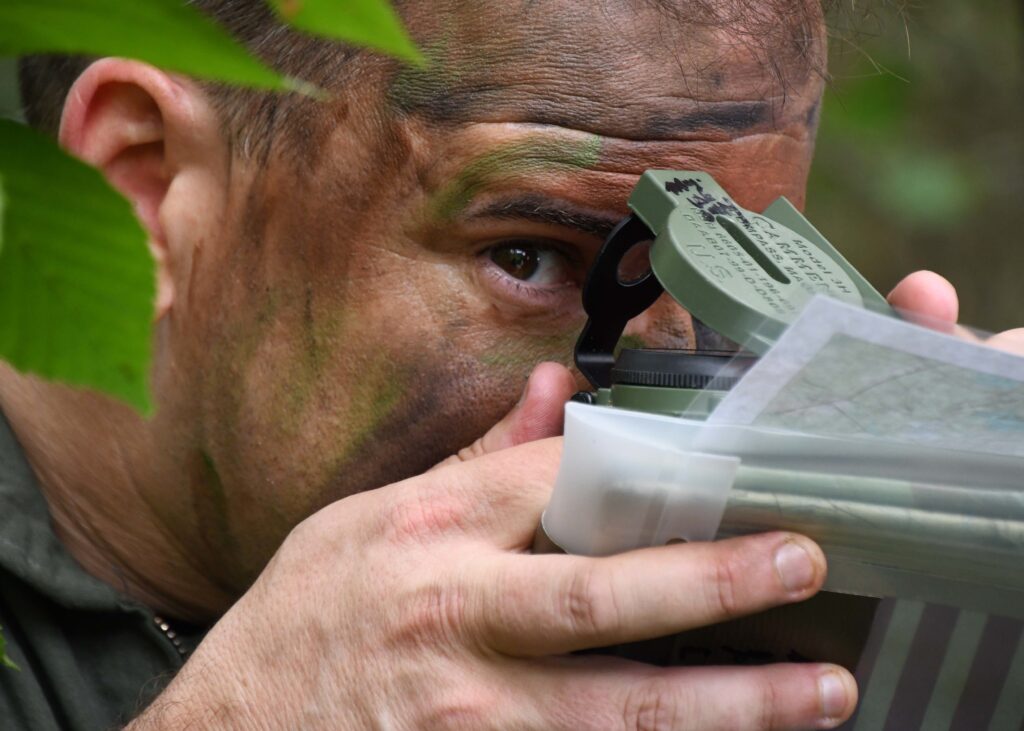
Signaling for Rescue: Making Yourself Seen and Heard
The Importance of Visibility: A Cry for Help
In a survival situation, being seen or heard can mean the difference between rescue and tragedy. Whether you’re lost, injured, or stranded, knowing how to signal for help is a crucial skill. It’s not just about making noise or creating a visible sign; it’s about understanding what will attract attention and convey your need for assistance.
Techniques for Effective Signaling: From Mirrors to Fires
Different situations and environments require different signaling techniques. Here’s a look at some of the most effective methods:
Mirror Signaling
A small mirror or any reflective surface can be used to catch the sun’s rays and direct them towards rescuers. By aiming the reflection at a distant target, such as a search plane or a distant hill, you can create a bright flash that can be seen for miles.
Signal Fires
A large, smoky fire can be seen from a great distance and is a universal distress signal. Green leaves, wet wood, or rubber can create thick smoke that stands out against the landscape. Building three fires in a triangle or a straight line is a recognized signal for help.
Whistles and Horns
Sound can carry over long distances, especially in calm weather. A whistle, horn, or even banging metal together can create a loud noise that may attract attention.
Ground-to-Air Signals
Creating large symbols on the ground can communicate specific messages to aircraft. Using rocks, logs, or fabric to create letters or shapes in an open area can be an effective way to signal for help.
Flares and Flashlights
Flares are a powerful signaling tool, especially at night or in low visibility conditions. A flashlight with a strobe function can also be used to signal for help.
Practice and Preparation: Ready to Signal
Like all survival skills, signaling requires practice and preparation. Here are some tips:
Carry Essential Tools
A signaling mirror, whistle, flares, and a flashlight should be part of your camping survival kit. These lightweight tools can be lifesavers.
Learn Universal Signals
Understanding standard distress signals, such as the ground-to-air symbols or the international Morse code for SOS (three short, three long, three short), can help you communicate effectively.
Practice with Friends
During your outdoor adventures, practice signaling with friends or family. Try using a mirror to signal between distant hills or creating ground symbols that can be seen from a high vantage point.

Tool Making: Crafting Survival
The Essence of Ingenuity: Tools from Nature
In the modern world, we often take tools for granted. From knives to hammers, tools are an integral part of our daily lives. But in a survival situation, you may find yourself without these conveniences. That’s where the ancient art of tool making comes into play.
Creating tools from natural materials is a skill that connects us with our ancestors and unlocks a world of possibilities. With a simple knife or spear, you can hunt, fish, build shelter, and perform countless other tasks.
Crafting Knives: Sharp Solutions
A knife is one of the most versatile tools you can have in the wild. But what if you don’t have one? Making a knife from flint or even glass is a valuable skill.
Finding the Right Material
Look for rocks with a glassy appearance and a fine grain, such as flint, obsidian, or chert. These rocks can be shaped into sharp-edged tools.
Shaping the Blade
Using a harder rock or a hammerstone, you can chip away at the chosen material to shape a blade. This process, known as knapping, requires patience and practice.
Creating a Handle
Attaching the blade to a wooden handle using cordage or even strips of cloth can create a more functional tool. Experiment with different designs to find what works best for you.
Crafting Spears and Bows: Tools for Hunting and Defense
Spears and bows are more complex tools that can be used for hunting or defense. Crafting them requires understanding of materials and construction techniques.
Spears
A simple spear can be made by sharpening a long, straight stick or attaching a stone blade to one end. Adding barbs or fire-hardening the tip can increase its effectiveness.
Bows
Creating a bow is a more complex task that requires selecting the right wood, shaping it carefully, and stringing it with cordage or sinew. Arrows can be crafted from straight sticks, with stone or bone tips and feathers for fletching.
The Joy of Crafting: A Connection to the Land
Tool making is not just a survival skill; it’s a joyful and creative process that connects you with the land and its resources. Experimenting with different materials, designs, and techniques is a rewarding experience that enhances your outdoor adventures.
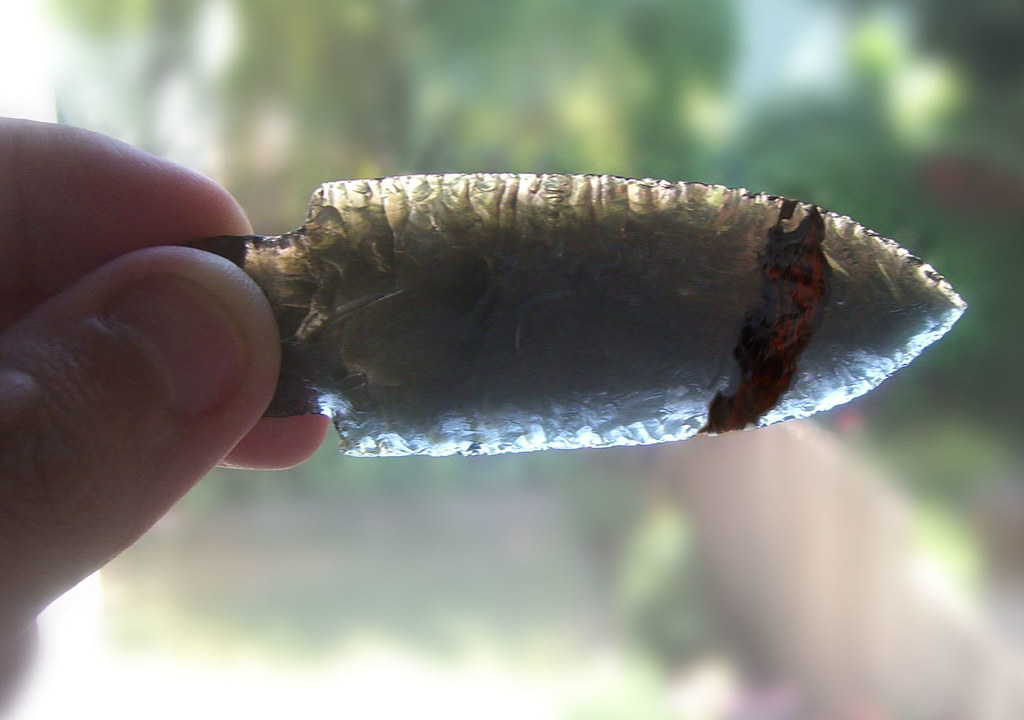
Fishing for Survival: Creative Ways to Catch Your Meal
The Challenge of Fishing Without Gear: A Test of Ingenuity
Fishing is a popular pastime for many outdoor enthusiasts, but what happens when you find yourself stranded without a fishing pole or any modern fishing gear? This is where creativity, observation, and a bit of ancient wisdom come into play. Fishing for survival is not just about catching a meal; it’s a test of ingenuity and adaptability.
Crafting Hooks and Lines: Simple Yet Effective
You don’t need a modern fishing rod to catch fish. With a bit of creativity, you can craft your own hooks and lines using natural materials.
Making Hooks
Hooks can be carved from wood, bone, or even thorns. Look for materials that are strong yet can be shaped into a sharp point with a barb. Experiment with different sizes and shapes to see what works best in your environment.
Creating Lines
Cordage can be made from plant fibers, sinew, or even strands of your own hair. Twisting or braiding these materials together can create a strong line suitable for fishing.
Assembling the Rig
Attach your hook to the line, add a bit of natural bait (such as worms, insects, or small pieces of meat), and you have a simple yet effective fishing rig.
Fishing Techniques: Beyond the Rod and Reel
Traditional fishing techniques go beyond the rod and reel. Here are some methods that have been used by various cultures for centuries:
Hand Fishing
This method involves wading into shallow water and catching fish with your bare hands. It requires patience, stealth, and a good understanding of fish behavior.
Spearfishing
A sharpened stick or a specially crafted spear can be used to catch fish in clear, shallow water. This method requires skill and precision but can be highly effective.
Fish Traps
Traps made from rocks, sticks, or woven materials can be used to catch fish in streams or tidal areas. The design and construction of the trap depend on the specific environment and target species.
Fish Weirs
A fish weir is a barrier placed in a river or stream to direct fish into a trap or specific area. Constructed from rocks or wooden stakes, weirs have been used by various cultures for thousands of years.
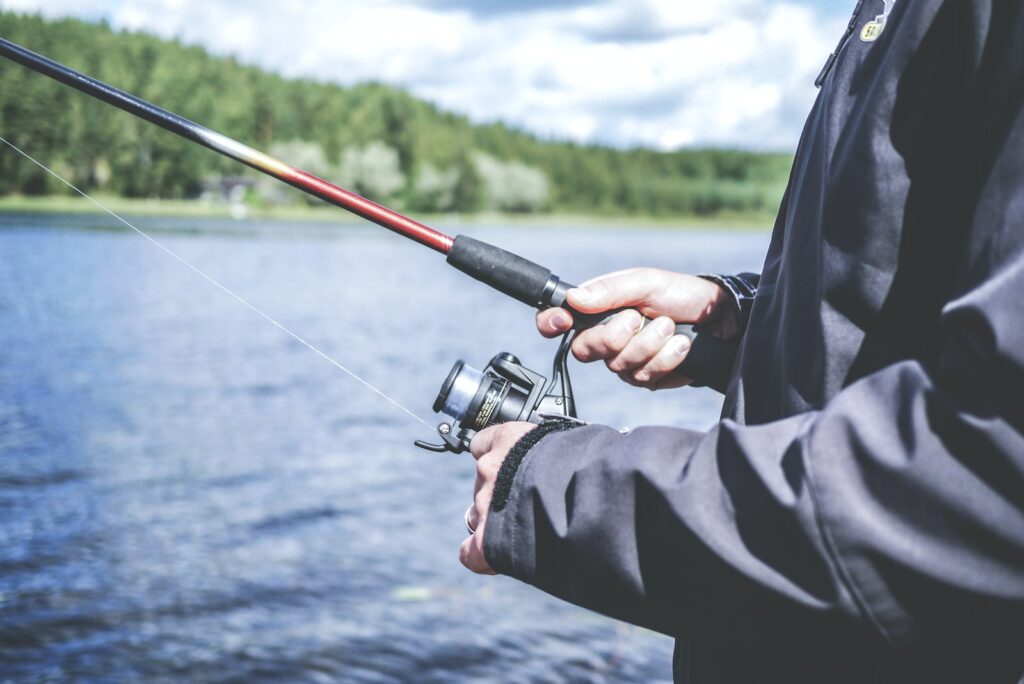
Foraging for Food: Recognizing Edible Plants and Avoiding the Dangerous Ones
The Wilderness Pantry: A World of Flavors and Nutrients
The wilderness is not just a vast expanse of trees and rocks; it’s a pantry filled with a variety of flavors and nutrients. From berries and nuts to leaves and roots, nature offers a bounty of edible plants. But not all that glitters is gold, and not all that’s green is good to eat. Recognizing edible plants and avoiding the dangerous ones is a skill that requires knowledge, observation, and caution.
Identifying Edible Plants: A Guided Exploration
Foraging for food is not about randomly picking plants and hoping for the best. It’s a systematic approach that involves understanding the environment, recognizing key features, and confirming the identity of plants.
Know Your Environment
Different regions have different flora. Familiarize yourself with the common edible plants in the area you’ll be exploring. Field guides, local experts, and foraging workshops can be valuable resources.
Look for Key Features
Learn to recognize the key features of edible plants, such as leaf shape, flower color, stem structure, and fruit appearance. These characteristics can help you identify plants accurately.
Confirm the Identity
When in doubt, it’s better to err on the side of caution. Use multiple sources to confirm the identity of a plant before consuming it. If you’re unsure, it’s best to avoid it.
Dangerous Look-Alikes: Proceed with Caution
Some toxic plants closely resemble edible ones. For example, wild carrot (an edible plant) looks similar to poison hemlock (a highly toxic plant). Being aware of these look-alikes and knowing how to distinguish them is crucial.
Ethical Foraging: Respect for Nature
Foraging is not just about taking; it’s about being part of the ecosystem. Follow these ethical guidelines:
Take Only What You Need
Harvesting too much can harm the plant population and the local ecosystem. Take only what you can use and leave enough for others, including wildlife.
Avoid Endangered Species
Some wild plants are endangered or protected by law. Know the regulations in your area and avoid harvesting protected species.
Minimize Impact
Use scissors or a knife to harvest, rather than pulling plants out by the roots. Be mindful of your impact on the environment.
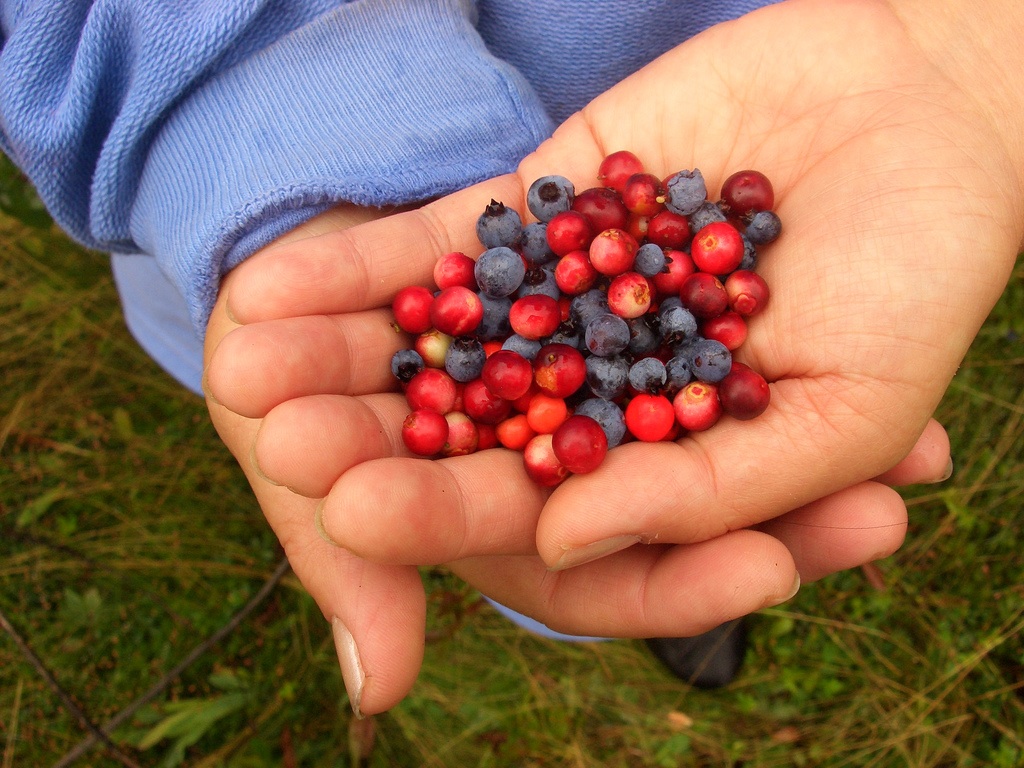
Psychological Preparedness: How Mental Strength Plays a Role in Survival
The Mind as a Survival Tool
Survival is not just about physical strength and skills; it’s about mental resilience and adaptability. Your mind is one of the most powerful tools you have in a survival situation. How you think, perceive, and respond to challenges can determine your success or failure in the wild.
Embracing a Positive Mindset
A positive mindset is not about ignoring risks or challenges; it’s about facing them with confidence and determination. Believing in your abilities, focusing on solutions, and maintaining a sense of hope can boost your resilience and enhance your decision-making.
Managing Stress and Fear
Survival situations can be stressful and frightening. Learning to recognize and manage stress and fear is crucial. Techniques such as deep breathing, visualization, and focusing on the present moment can help you stay calm and think clearly.
Adapting to Change
The wilderness is unpredictable, and things may not go as planned. Embracing change, being flexible, and adapting to new circumstances are vital skills. Rather than resisting change, learn to flow with it and turn challenges into opportunities.
Building Mental Toughness: Training the Mind
Mental toughness is not something you’re born with; it’s something you develop through practice and experience.
Setting Realistic Goals
Setting achievable goals and working towards them step by step can build confidence and competence. Start with small challenges and gradually increase the difficulty, celebrating your progress along the way.
Practicing Mindfulness
Mindfulness is the practice of being fully present and engaged in the current moment. It can enhance your awareness, focus, and emotional regulation. Practicing mindfulness in daily life can prepare you for the mental challenges of survival.
Learning from Failure
Failure is not a defeat; it’s a learning opportunity. Embracing failure, analyzing what went wrong, and learning from it can make you stronger and wiser.

First Aid and Health: Basic First Aid Skills and Maintaining Health in the Wild
Understanding Wilderness First Aid: A Lifesaving Skill
When venturing into the wilderness, having basic first aid knowledge is not just a convenience; it can be a lifesaving skill. Whether it’s a minor cut or a more serious injury, knowing how to respond can make a significant difference in recovery and survival.
Wound Care and Management
Understanding how to clean, dress, and care for wounds is essential. This includes recognizing the signs of infection and knowing when to seek professional medical help. Carrying a basic first aid kit with bandages, antiseptics, tweezers, and other essentials is advisable.
Recognizing and Treating Common Ailments
Being able to identify and treat common outdoor ailments like dehydration, heatstroke, hypothermia, sunburn, and insect bites can prevent minor issues from becoming major problems. Knowing the symptoms, having the right supplies, and applying appropriate treatments can enhance comfort and safety.
Staying Healthy in the Wild: Prevention and Care
Maintaining health in the wild goes beyond treating injuries and illnesses; it’s about prevention and ongoing care.
Hydration and Nutrition
Staying hydrated and well-nourished is vital for energy, focus, and overall well-being. Knowing how to find and purify water and understanding basic nutrition can support your health during outdoor adventures.
Personal Hygiene
Maintaining personal hygiene in the wild can prevent infections and illnesses. Simple practices like washing hands, caring for your feet, and maintaining dental hygiene can make a big difference.
Rest and Sleep
Adequate rest and sleep are essential for physical and mental performance. Understanding how to create a comfortable sleeping environment and recognizing the importance of rest can enhance your wilderness experience.
Preparing for the Unexpected: Education and Practice
Wilderness first aid is a specialized field that requires education and practice.
Consider taking a wilderness first aid course from a reputable organization. These courses provide hands-on training and certification, preparing you for a wide range of scenarios.
Regularly Reviewing and Practicing Skills
Like any skill, first aid requires regular review and practice. Keep your knowledge fresh, and don’t hesitate to practice scenarios with friends or family.
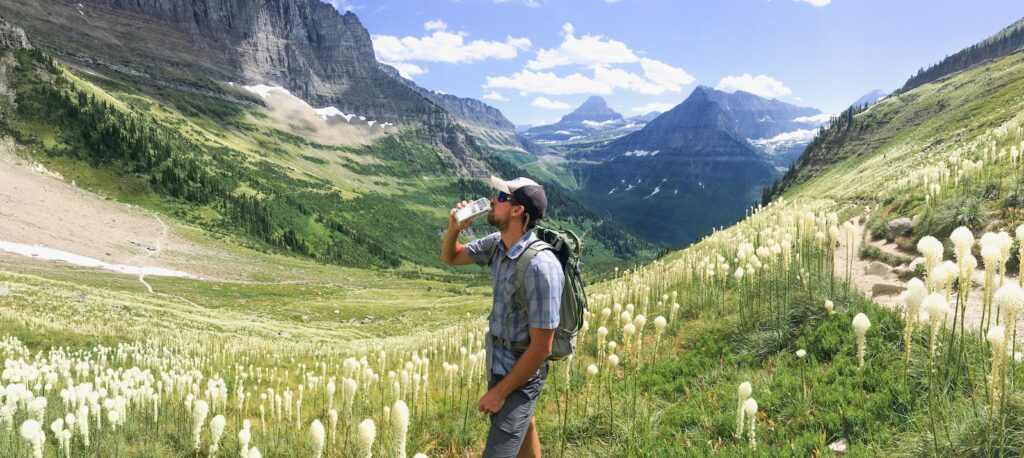
Wildlife Encounters: How to Handle Encounters with Wild Animals
The Beauty and Challenge of Wildlife Encounters
Encountering wildlife is one of the most exciting aspects of being in the wilderness. It’s a chance to observe animals in their natural habitat and appreciate the diversity of life. However, it’s also a challenge that requires knowledge, respect, and caution.
Understanding Animal Behavior
Understanding basic animal behavior can help you predict their actions and respond appropriately. Animals usually want to avoid humans, and most encounters are peaceful if you give them space and respect their needs.
Recognizing signs of aggression or distress in animals can prevent dangerous situations. These signs vary by species but may include raised hair, bared teeth, growling, or unusual behavior.
Knowing how to respond to different animals is crucial. Some animals may require you to make yourself appear larger and make noise, while others may require you to avoid eye contact and slowly back away. Research the wildlife in your destination and understand the appropriate responses.
Safe and Respectful Wildlife Viewing
Observing wildlife should be a safe and respectful experience that doesn’t disturb the animals or their habitat.
Always keep a safe distance from wildlife. Use binoculars or a telephoto lens for viewing or photographing animals.
Never feed wildlife. It can harm their health, alter their behavior, and expose them to predators or other dangers.
Avoid disturbing nesting or breeding sites. Animals can be particularly protective and aggressive during these times.

Packing a Survival Camping Kit: Essentials for a Well-Prepared Camping Survival Kit
The Importance of a Well-Packed Survival Kit
A well-packed survival camping kit is your lifeline in the wilderness. It contains the tools and supplies you need to stay safe, comfortable, and healthy. But what should you include in your kit? Here are some essentials to consider:
Shelter and Warmth
A lightweight tent or tarp, a sleeping bag suitable for the climate, and an emergency blanket can provide shelter and warmth. Don’t forget a good quality sleeping pad for insulation and comfort.
Fire Starting
Include multiple ways to start a fire: waterproof matches, a lighter, and a fire starter. A compact stove and fuel can also be useful for cooking and boiling water.
Water Purification
Carry a water filter or purification tablets to ensure you always have access to clean drinking water. A collapsible water container can be useful for collecting and storing water.
Food and Cooking
Pack high-energy, non-perishable food items like energy bars, nuts, and dried fruit. Include a compact cooking pot and utensils for preparing hot meals.
First Aid and Health
A basic first aid kit is a must. Include bandages, antiseptic wipes, tweezers, medical tape, and any personal medication. Also consider items like insect repellent, sunscreen, and lip balm.
Tools and Repair Items
A multi-tool, a good quality knife, and some cordage are versatile items that can be used for various tasks. Include a repair kit for your gear, with items like duct tape, safety pins, and a sewing kit.
Navigation and Communication
A map and compass are essential for navigation. Consider a GPS device if you’re venturing into remote areas. A whistle and signal mirror can be used for communication in case of emergency.
Light and Power
A headlamp or flashlight is essential. Consider a solar charger or portable power bank to keep your devices charged.
Tailoring Your Kit to Your Needs and Environment
Your survival camping kit should be tailored to your needs and the environment. Consider factors like the length of your trip, the weather conditions, and the terrain. Always pack with the unexpected in mind.
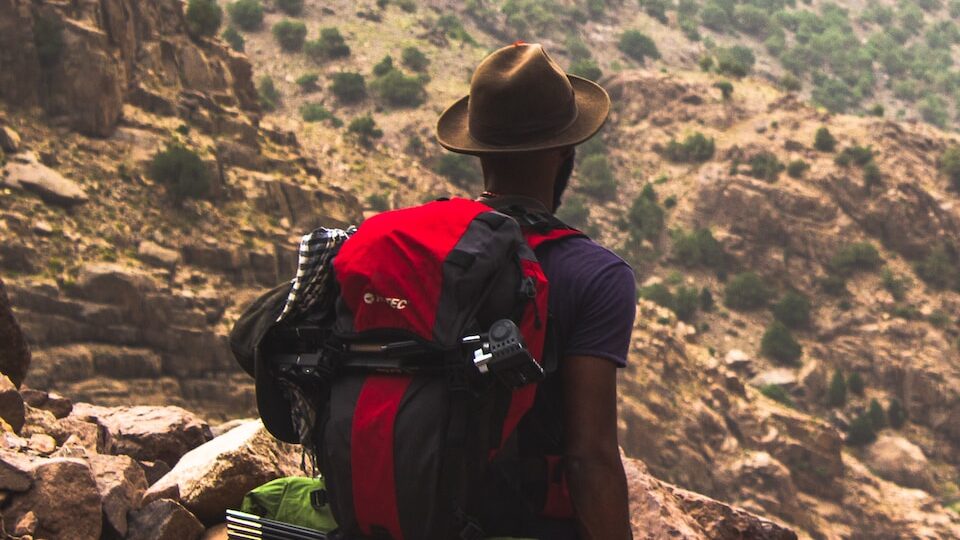
Conclusion: Summing Up the Importance of These Skills and Encouraging Practice and Preparation
The Essence of Survival: More Than Just Enduring
Survival in the wilderness is often perceived as a grueling test of endurance, a battle against harsh conditions, and a test of human resilience. However, this perspective only scratches the surface of what survival truly entails. It’s not merely about enduring the wild, but rather about comprehending its rhythms, respecting its laws, and flourishing within its bounds.
The survival skills we’ve explored in this article, from constructing shelters and igniting fires to foraging for sustenance and managing wildlife encounters, serve as more than mere survival tools. They are keys that unlock a profound connection with the natural world. These skills empower you to traverse the wilderness with assurance, meet challenges with ingenuity, and transform survival scenarios into opportunities for personal growth and discovery.
Survival is as much a mental endeavor as it is a physical one. The importance of psychological readiness, mental fortitude, and a positive outlook cannot be overstated. These elements equip you to confront challenges with bravery, adapt to changes with agility, and sustain hope amidst adversity.
Preparation and practice form the bedrock of survival. Whether it’s assembling a comprehensive survival camping kit, acquiring first aid skills, or honing fire-starting techniques, preparation and practice amplify your readiness, bolster your confidence, and enhance your safety in the wilderness.
As you embark on your wilderness adventure, embrace the journey with an open heart and an inquisitive mind. Absorb lessons from the land, relish the journey, and allow the wilderness to be your mentor. Hone your skills, push your boundaries, and celebrate your triumphs. Remember, survival is not a war waged against the wild; it’s a harmonious dance with nature, a voyage of discovery, and a celebration of life in its purest form.
Ultimately, the wilderness is not just a venue for survival; it’s a vibrant arena for life, learning, and growth. It’s a place where nature’s rhythm guides your path, the wind whispers tales of the ages, and the dance of the fire kindles inspiration. It’s a place where each sunrise heralds a fresh start, every trail presents a new adventure, and every moment offers a fresh opportunity to uncover the wonder, the challenge, and the joy of truly being alive.
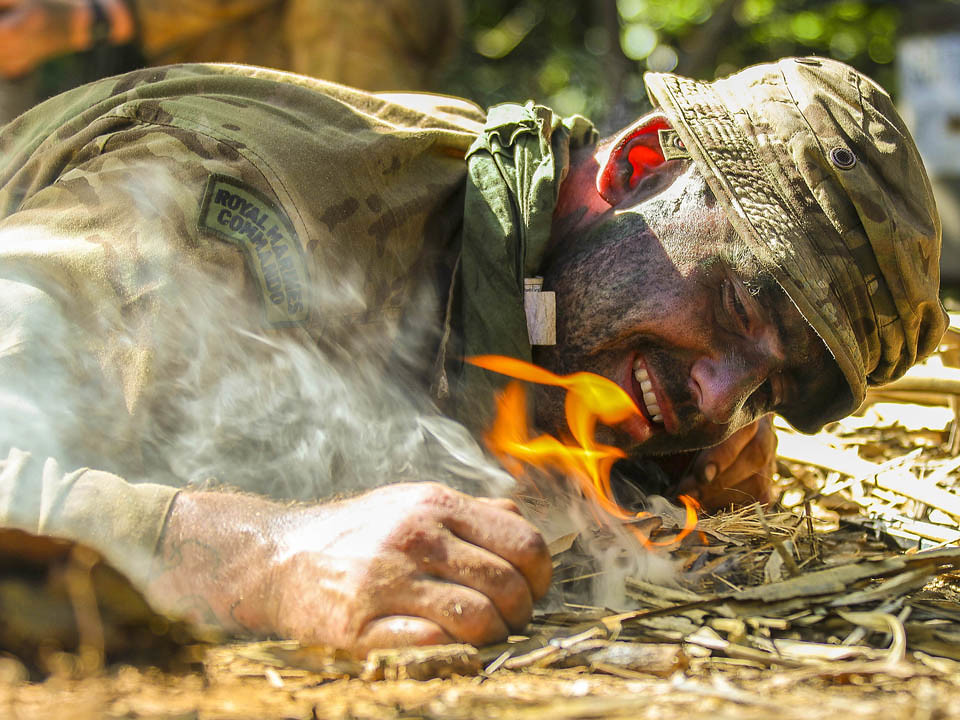
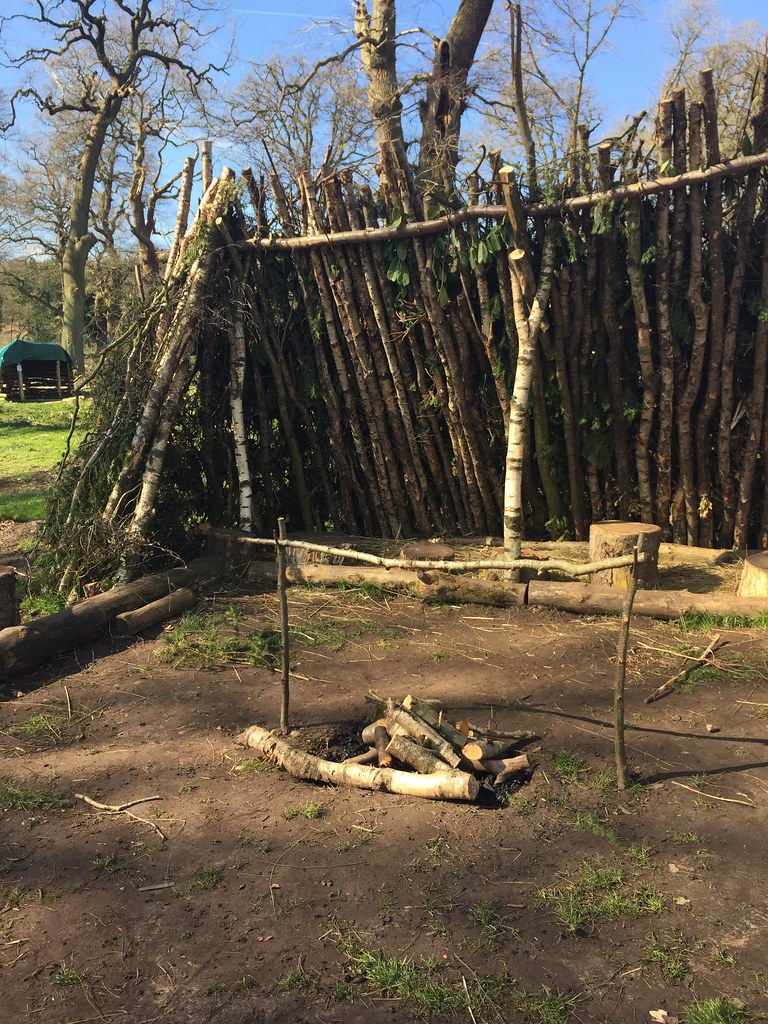
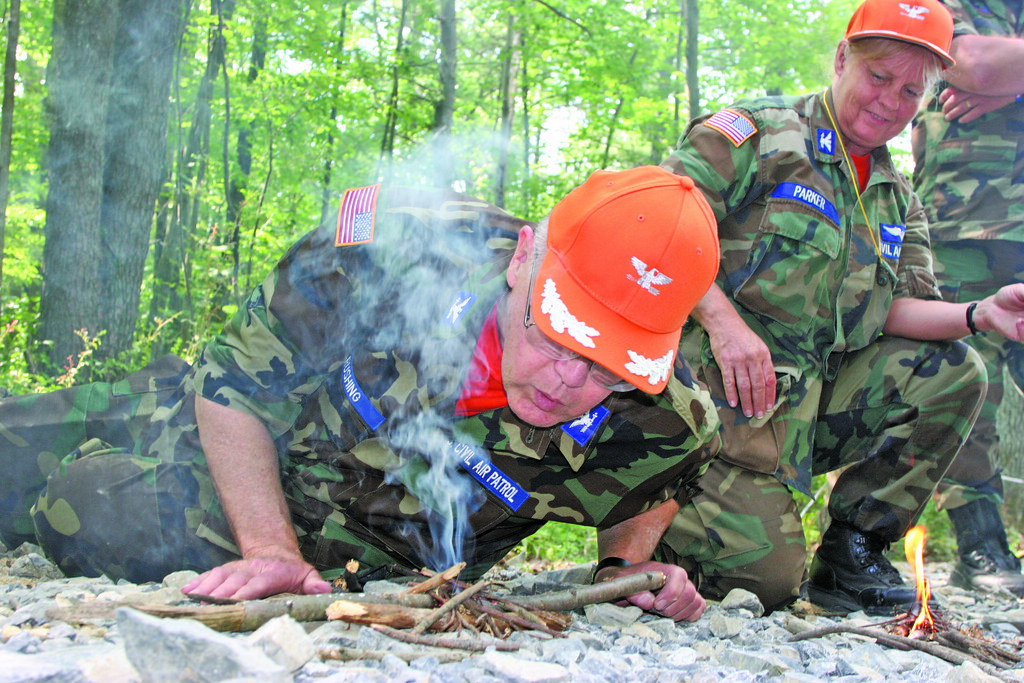
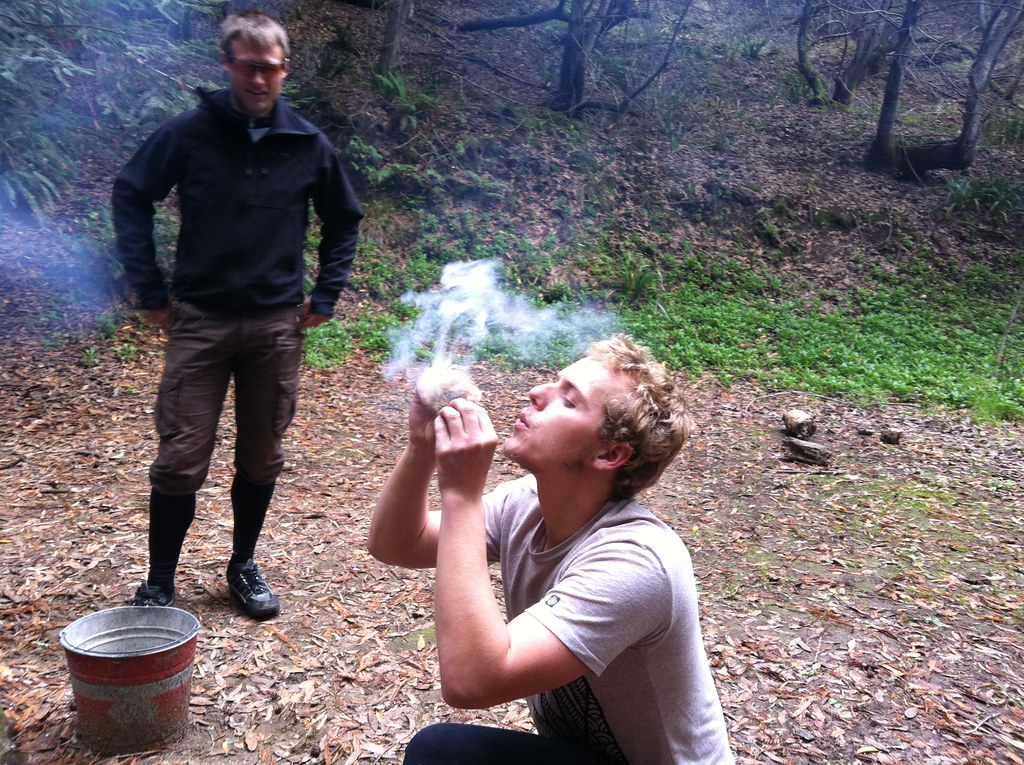

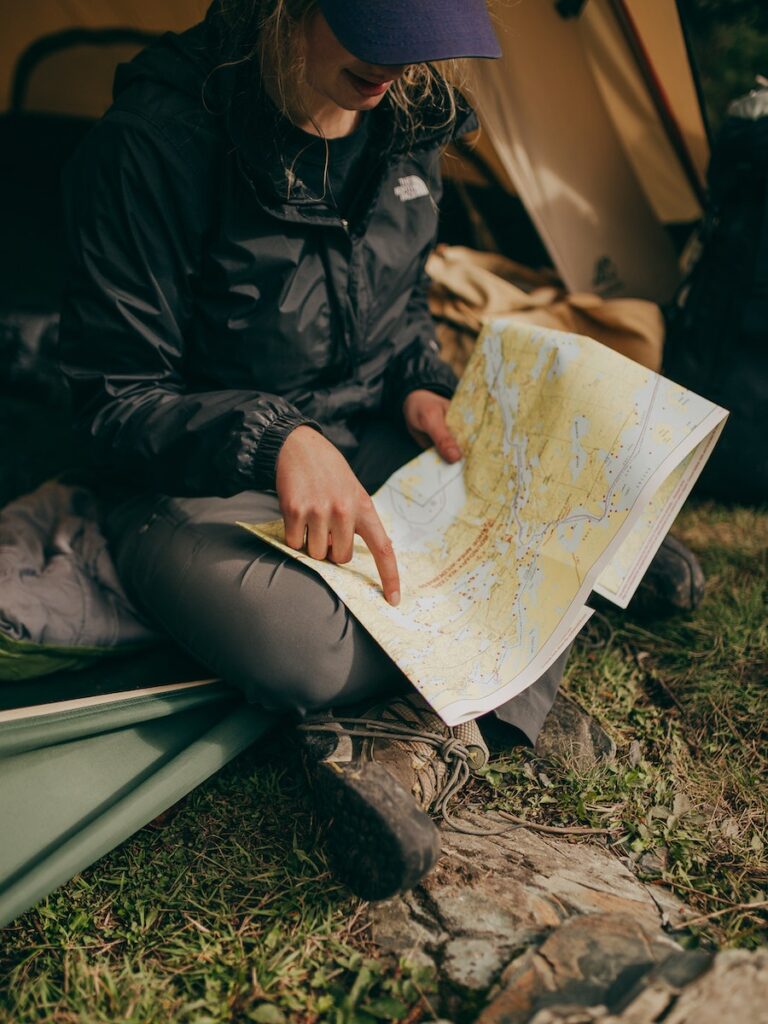
FAQ’s about Survival Skills while Camping
Q: What are some essential survival skills for camping? A: Essential survival skills for camping include finding or building a shelter, starting a fire, finding and purifying water, land navigation, signaling for help, tool making, fishing, and foraging for food.
Q: Why is mental strength important in survival situations? A: Mental strength is crucial in survival situations as it helps manage stress and fear, maintain a positive mindset, and adapt to changing circumstances. It involves setting realistic goals, practicing mindfulness, and learning from failures.
Q: What should I include in a survival camping kit? A: A survival camping kit should include items for shelter and warmth, fire starting, water purification, food and cooking, first aid and health, tools and repair items, navigation and communication, and light and power.
Q: How should I handle encounters with wild animals? A: When encountering wild animals, it’s important to understand their behavior, recognize signs of aggression, and know how to respond. Keep a safe distance, avoid feeding wildlife, and respect their nesting and breeding sites.
Q: Why is preparation and practice important for survival? A: Preparation and practice enhance readiness, boost confidence, and increase safety in the wild. This includes packing a well-equipped survival camping kit, learning first aid skills, and practicing survival techniques.


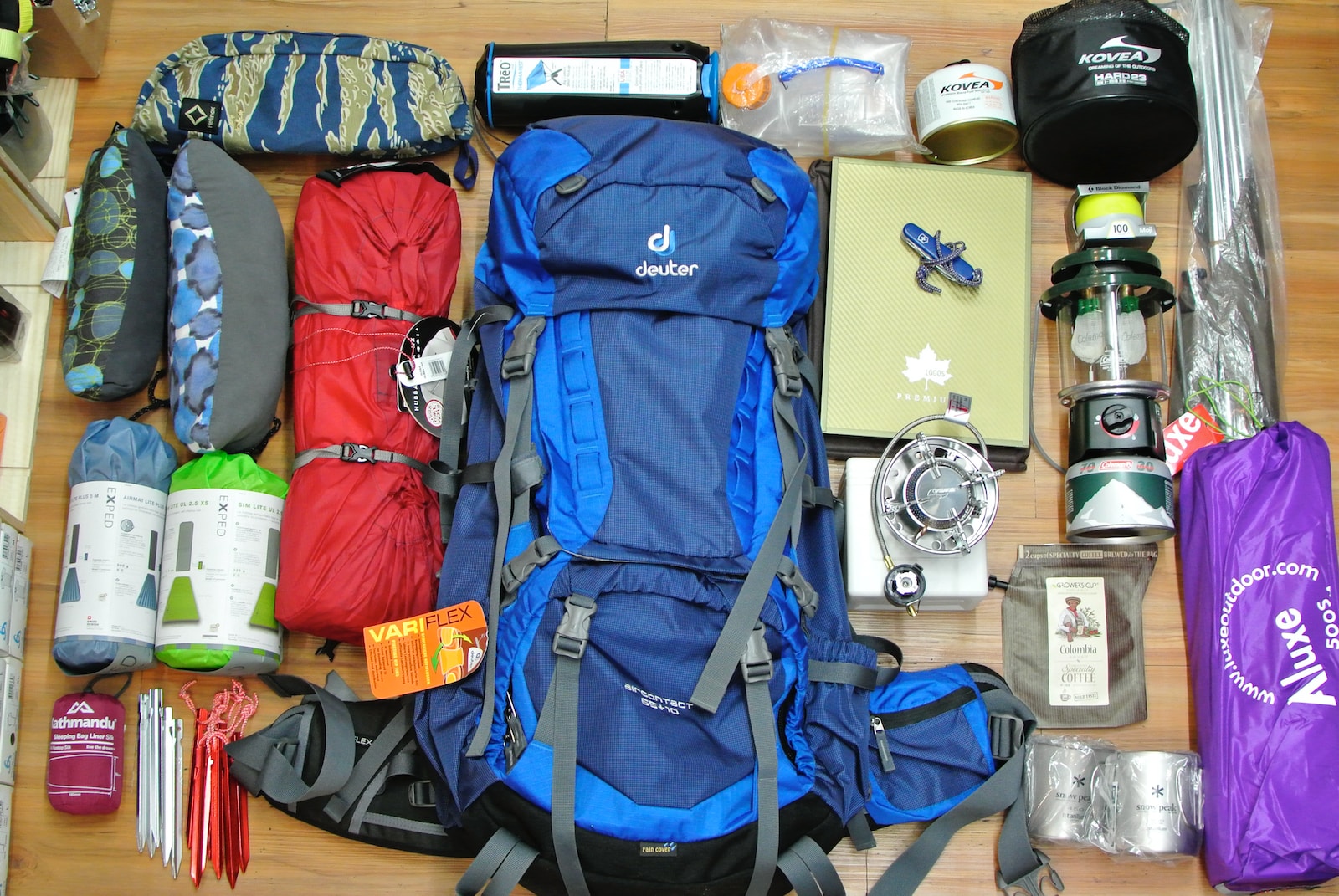
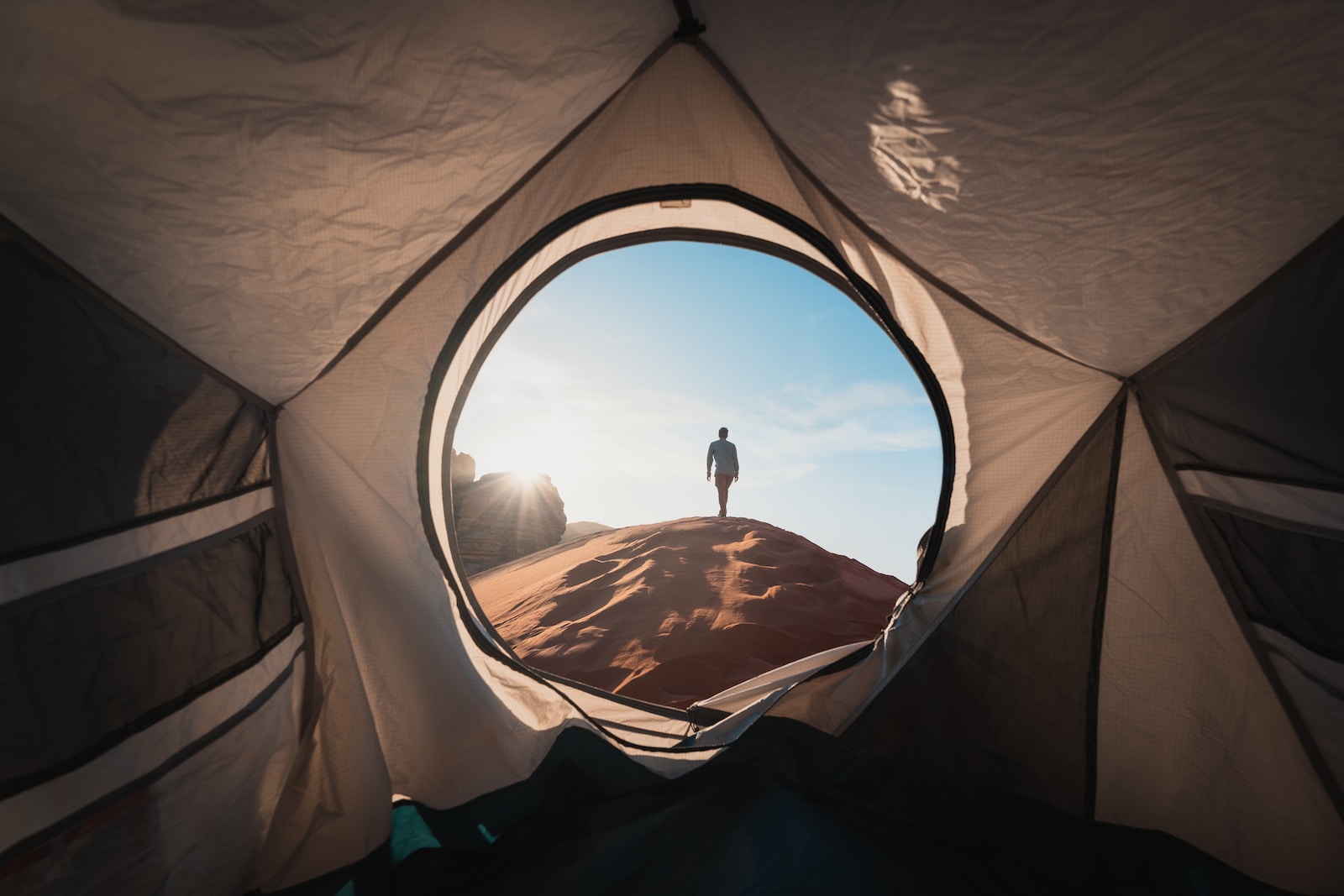


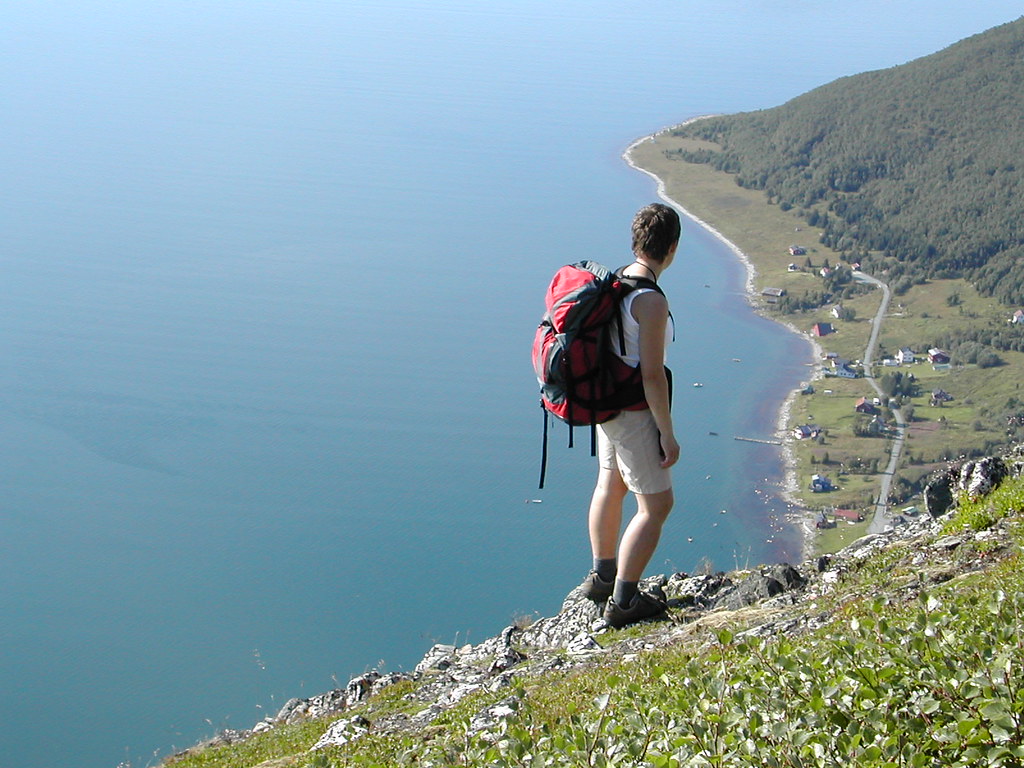
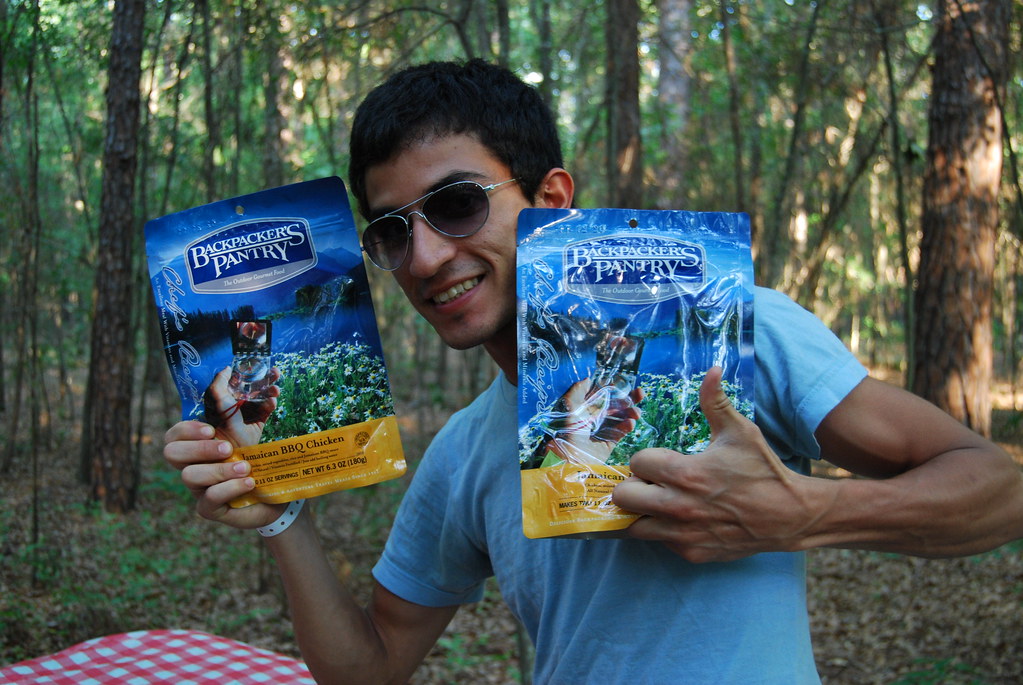
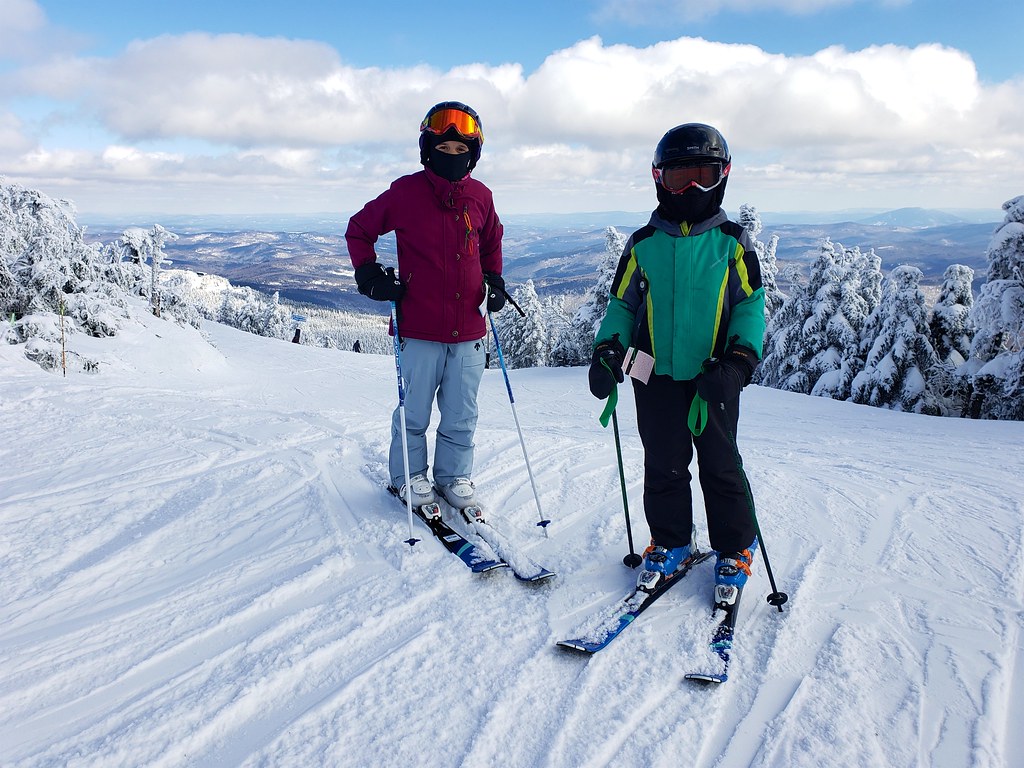
[…] Outer Limits: Another black diamond trail, Outer Limits is notorious for its expert terrain. The trail is narrow and features steep drops and cliffs. If you’re looking for an adrenaline rush, this is your trail. For survival tips on tough terrains, check out our article on survival techniques. […]